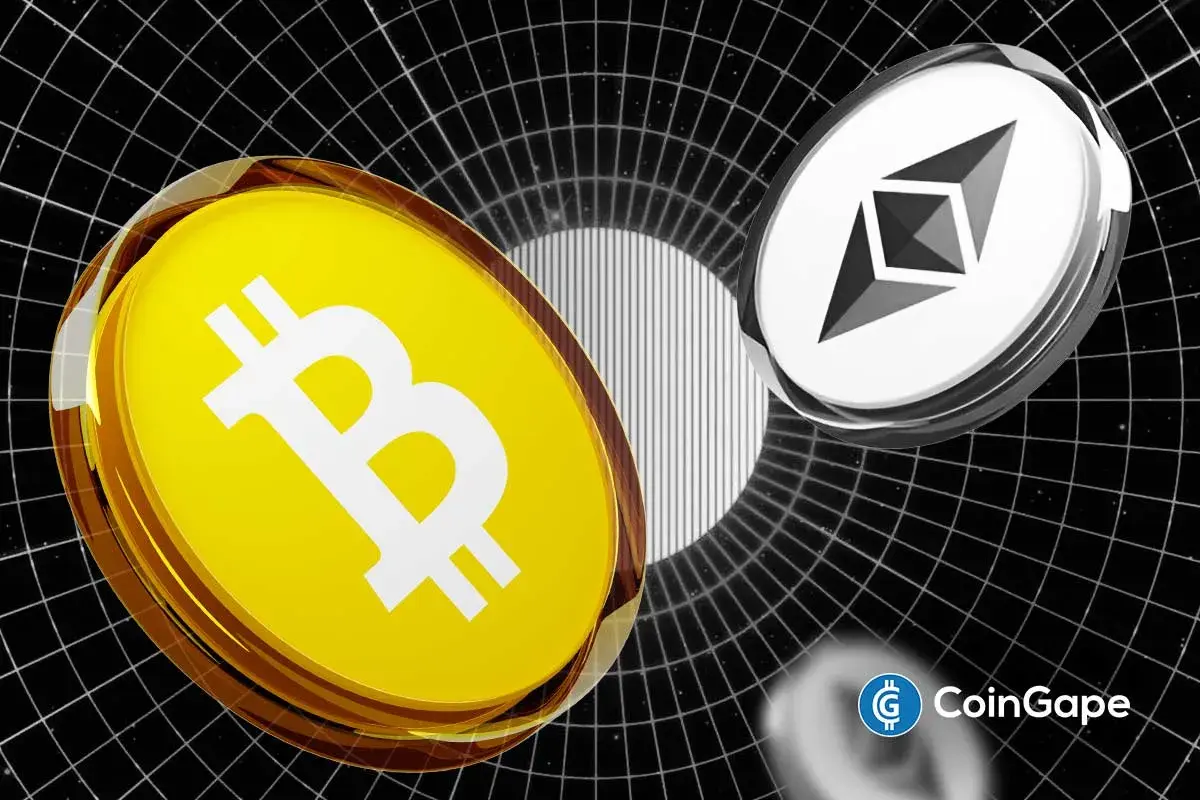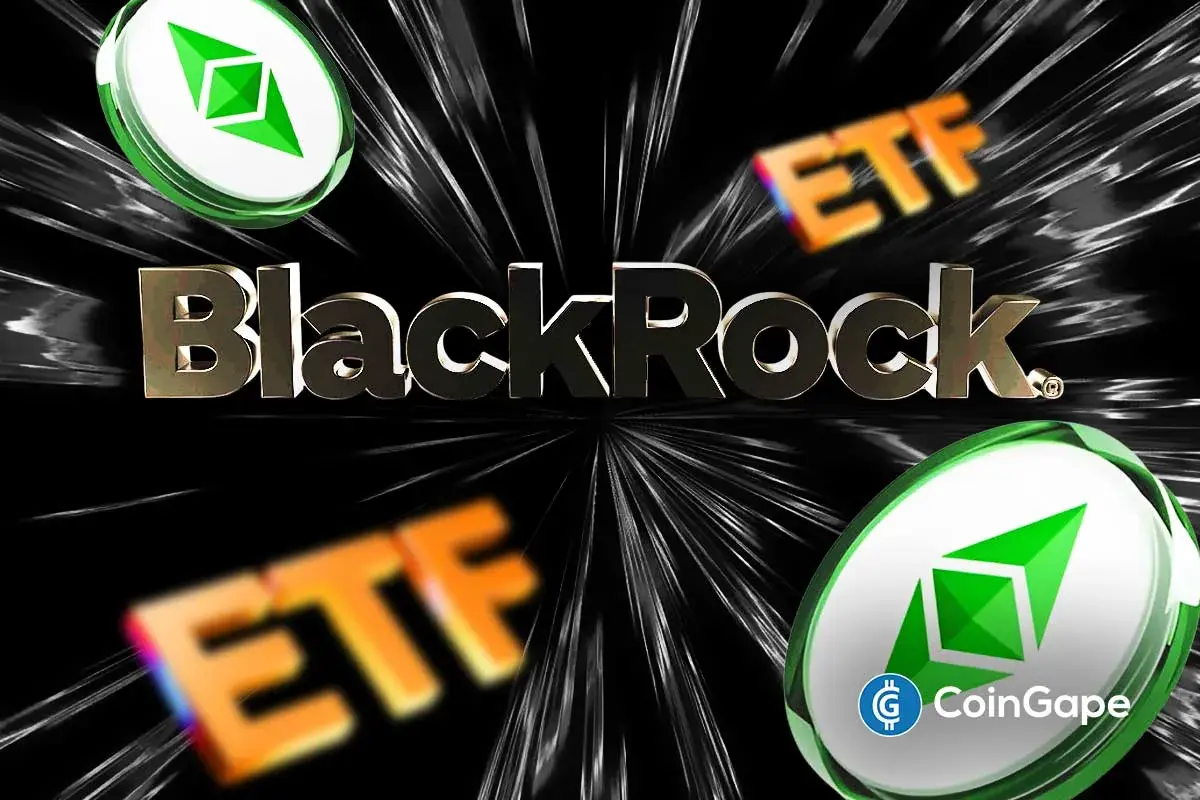Ethereum L2 Scroll Mainnet Launch Marks Milestone in Ethereum Scalability

Scroll, a network that uses zero-knowledge proofs to enhance the scalability of Ethereum, has officially launched its mainnet. The primary goal of this network is to offer users and developers an experience similar to Ethereum while reducing fees, increasing speed, and achieving unlimited scalability.
The successful launch of the mainnet comes after extensive testing and auditing on three testnets spanning over 15 months. In collaboration with the Ethereum Foundation and the open-source community, Scroll has developed zkEVM technology—a unique innovation compatible with Ethereum’s bytecode-level EVM.
A Milestone for Scroll and Ethereum
The launch of Scroll’s mainnet marks a significant milestone for both Scroll and Ethereum, expanding the realm of possibilities for decentralized applications and seamless value transfer. Initially, Scroll’s focus will be onboarding infrastructure providers like node operators and validators.
Read Also: Breaking: Vitalik Reveals All Ethereum L2’s Have Backdoors
As part of the roadmap, they plan to develop a decentralized proof network and sequencer, enabling future airdrops and coin issuance. The performance and potential of Scroll’s testnets have been demonstrated through the deployment of over 450K smart contracts, processing more than 90 million transactions, and generating 280K ZK proofs.

Sandy Peng, co-founder of Scroll, emphasizes their goal to enhance user and developer experiences while driving the adoption of layer 2 solutions on Ethereum.
“The significance of zkEVM to developers lies in its ability to batch proofs in a highly efficient manner, offering faster transaction speeds at reduced costs. A key element in this process is bytecode-level compatibility,” said Peng.
SGX-Based Prover for Scroll Upgrade
The Scroll team is developing an SGX-based second prover to enable a functioning Multi-Prover on Scroll.
“We have been working on an SGX-based second prover with an external team of TEE experts for more than 6 months, which will soon enable us to have a functioning Multi-Prover deployed on Scroll,” said Peng.
The team is currently in the research phase for their decentralized prover network and sequencer. They are working on an upgrade to the protocol, aiming to enable forced batches that ensure uninterrupted operation even if the sequencer goes offline.
A Community-Driven Network
Scroll is built on the values of community empowerment, inclusivity, and openness. Through a range of global developer engagement activities, workshops, and ZK research education initiatives, the network has fostered connections with individuals worldwide.
Operating across 26 different countries, Scroll’s distributed team encourages collaboration and interaction within local communities. Renowned as one of Ethereum’s most significant zkEVM networks, Scroll offers a solution that closely resembles Ethereum with enhanced features and benefits.
Read Also: Shibarium: Shiba Inu’s Layer 2 Blockchain On Ethereum
The launch of its mainnet signifies a groundbreaking milestone for both Scroll and Ethereum, bringing in a new era of scalability and exciting progress.
- BOJ Hikes Interest Rates to 30-Year High, Will Bitcoin Repeat 20-30% Post-Hike Crashes?
- Breaking: U.S. Senate Delays CLARITY Act again, Crypto Market Structure Vote Slips to Early 2026
- Breaking: Bitwise Files S-1 For SUI ETF With U.S. SEC
- Crypto Hacks 2025: North Korean Hackers Steal over $2B in ETH and SOL This Year
- Universal Exchange Bitget Removes Barriers to Traditional Markets, Offers Forex and Gold Trading to Crypto Users
- Pi Coin Price Prediction as Expert Warns Bitcoin May Hit $70k After BoJ Rate Hike
- Cardano Price Outlook: Will the NIGHT Token Demand Surge Trigger a Rebound?
- Will Bitcoin Price Crash to $74K as Japan Eyes Rate Hike on December 19?
- Bitwise Predicts Solana Price Will Hit New All-Time Highs in 2026
- Bitcoin Price Outlook: Capriole Founder Warns of a Drop Below $50K by 2028
- XRP Price Rare Pattern Points to a Surge to $3 as ETFs Cross $1B Milestone
















